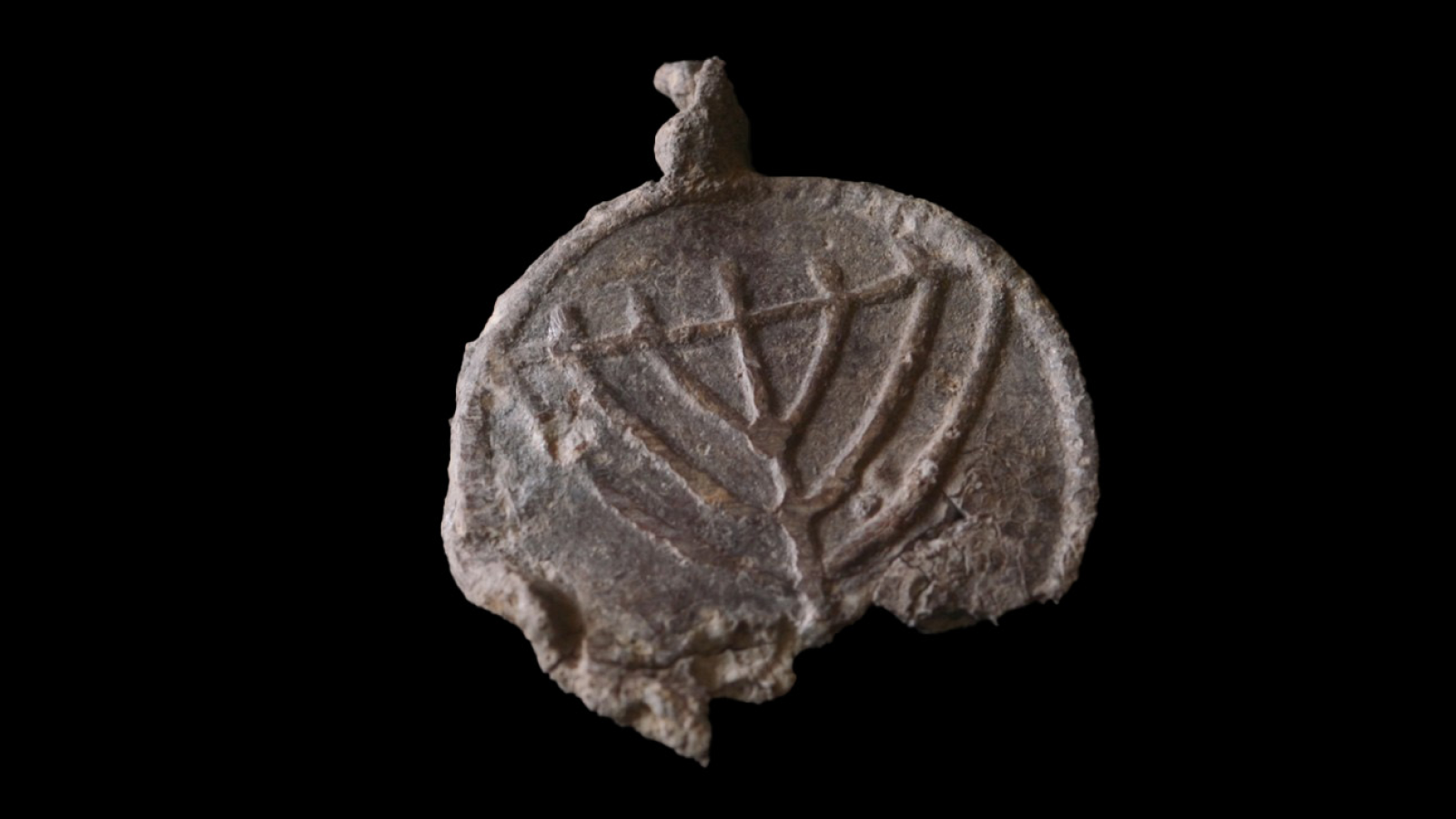Gallery: Discovery of 100,000-Year-Old Toolkits
Abalone Shell
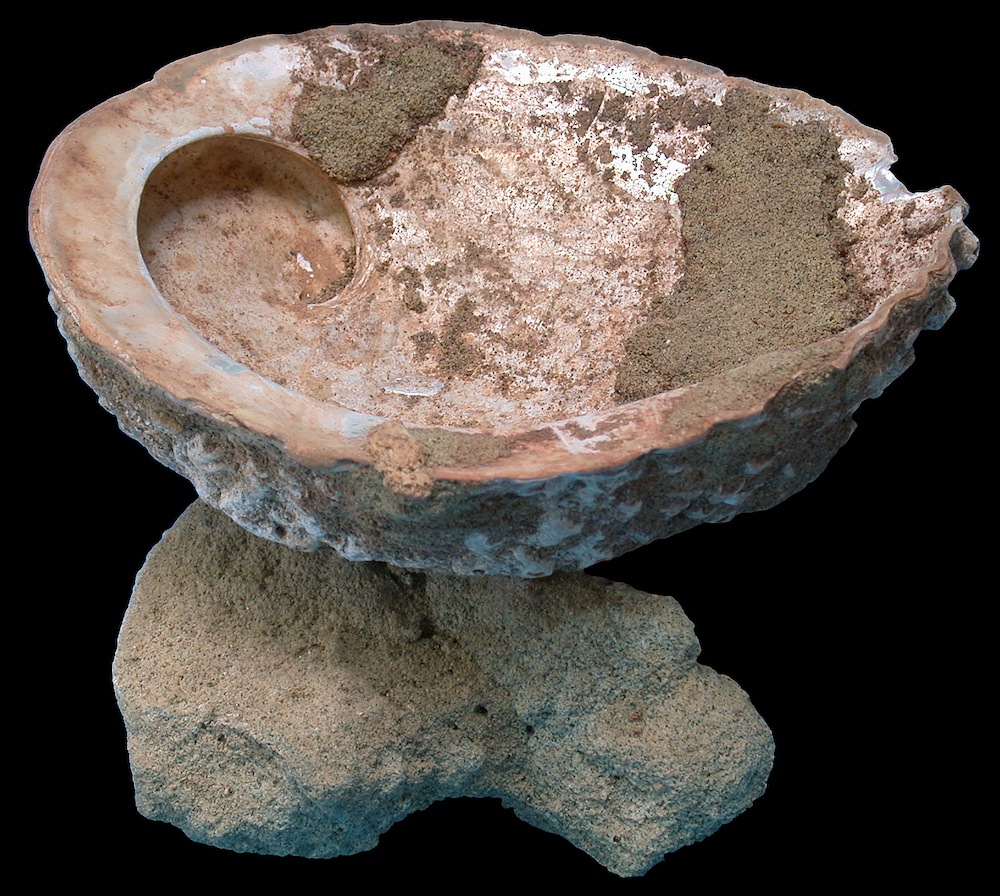
Archaeologists in South Africa uncovered two 100,000-year-old abalone shells and assorted bones and stones that served a toolkits to make some sort of ochre-based compound. The mixture may have been used as a paint or adhesive. It's the oldest evidence of humans making a complex compound, and even the oldest evidence of humans using containers. [Read the full story]
South Africa Coastline
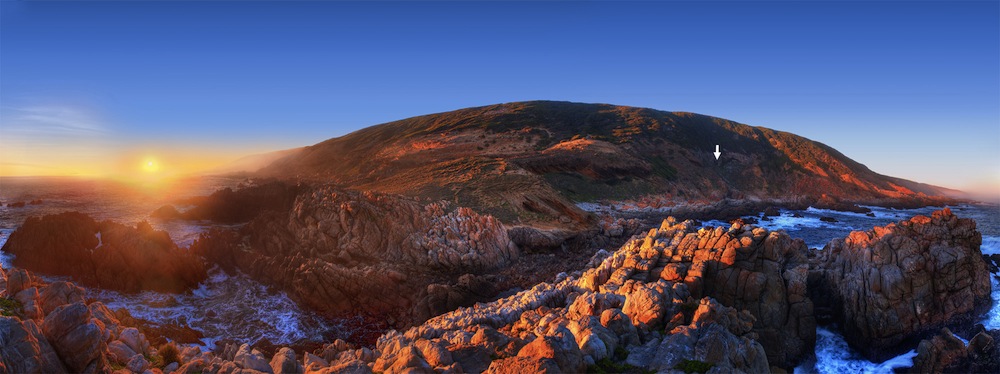
The South African coastline along the Indian Ocean. The white arrow points to the entrance to Blombos Cave, the ancient paint-making studio.
Blombos Cave
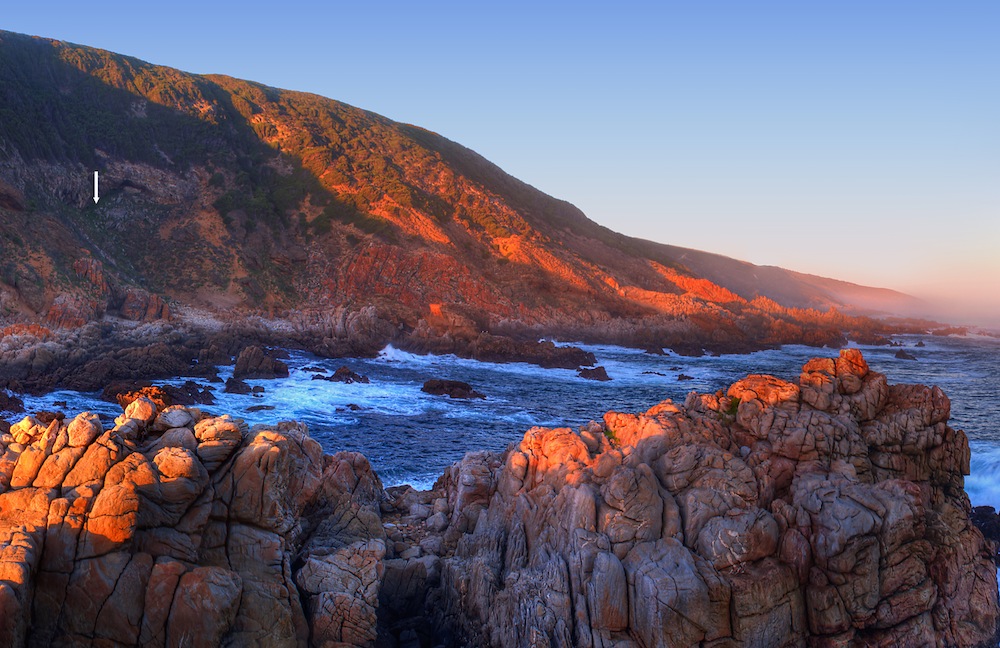
The entrance to Blombos Cave, indicated by the white arrow, about 180 miles (300 kilometers) east of Cape Town.
Cave Entrance
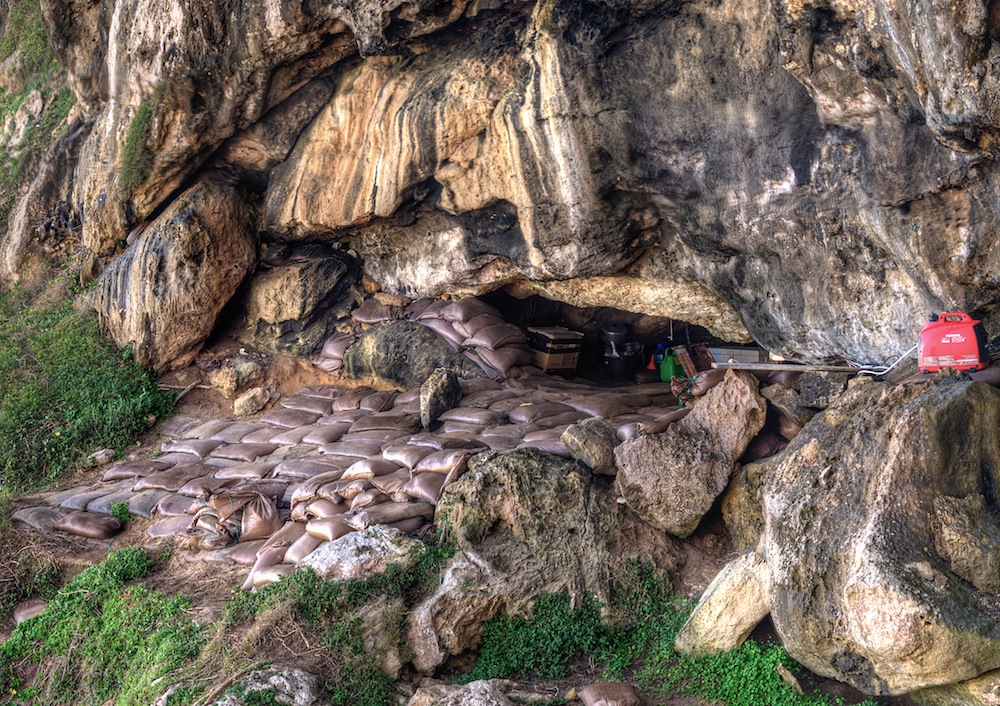
The entrance to Blombos Cave. The cave has been under excavation since 1992.
Panorama
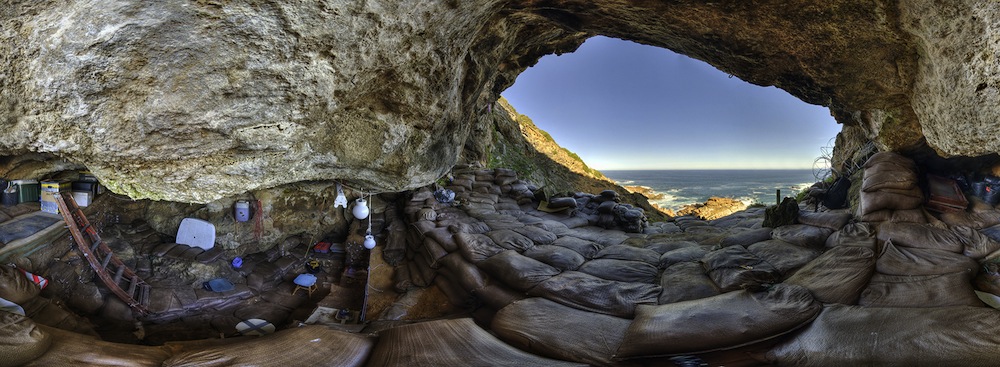
A panoramic view of the inside of Blombos Cave. Excavations are taking place to the left.
Discovery
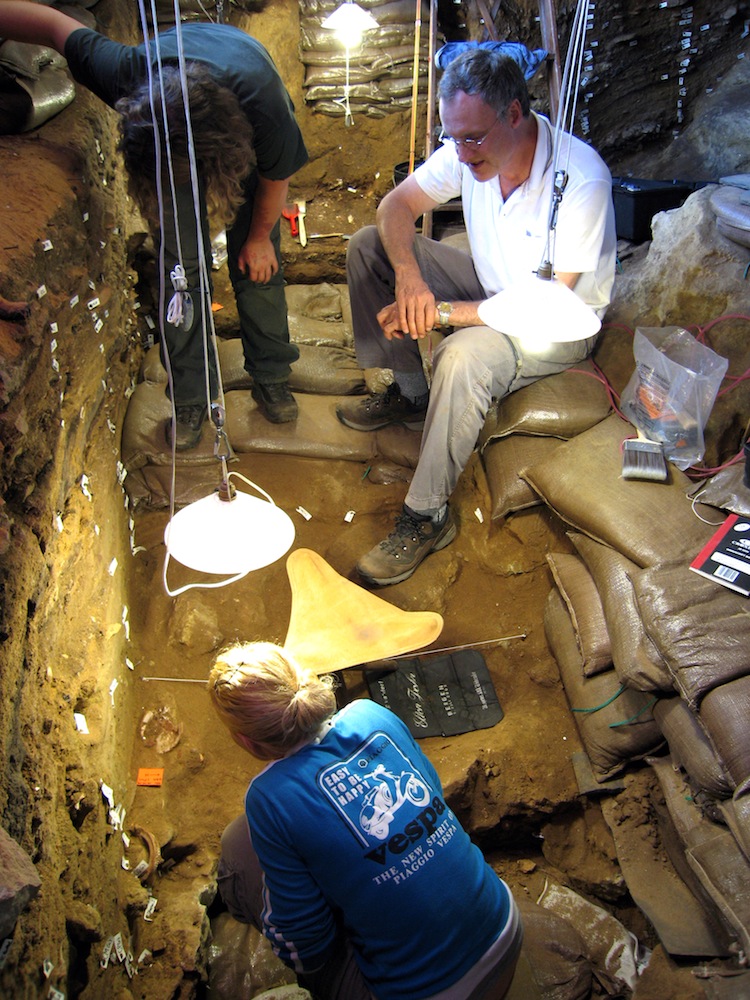
The excavation site at the time when the 100,000-year-old toolkits were uncovered. Archaeologist Christopher Henshilwood is on the right, and Grethe Pederson is in the foreground.
Excavated Shell
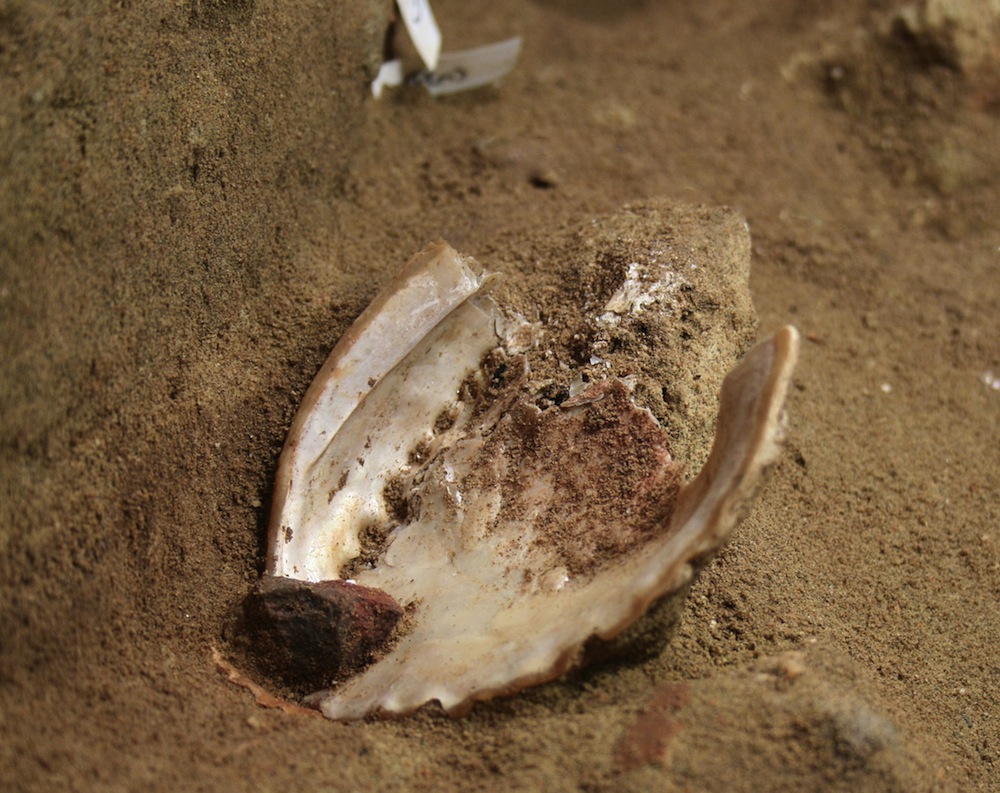
A partially-excavated abalone shell with tell-tale red ochre marks. The shell was used as a mixing bowl for an ancient compound.
Get the world’s most fascinating discoveries delivered straight to your inbox.
Shell Toolkit
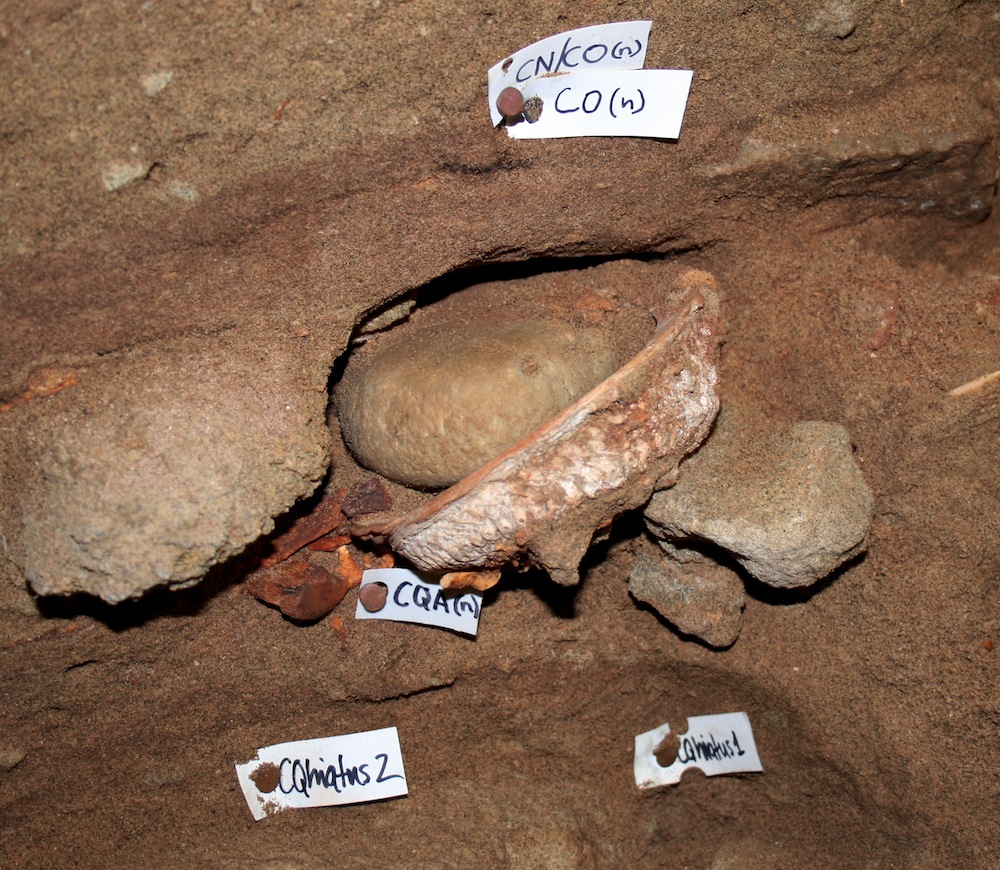
The other abalone toolkit under excavation.
Archaeologist Works
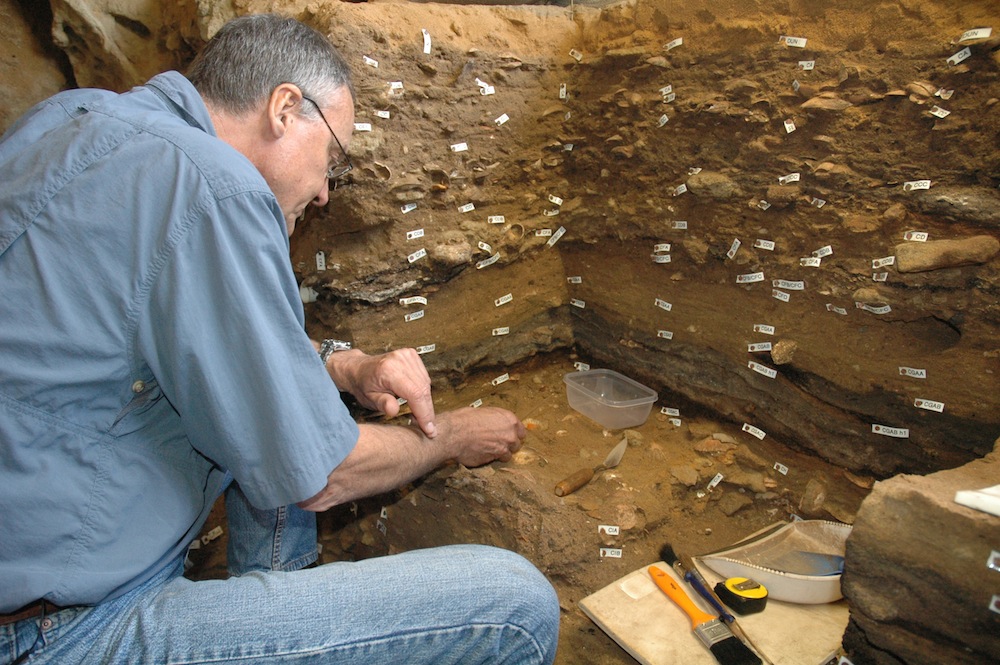
Christopher Henshilwood excavates the 100,000-year-old layers of sediment where the abalone shells were found.
Painstaking Excavations
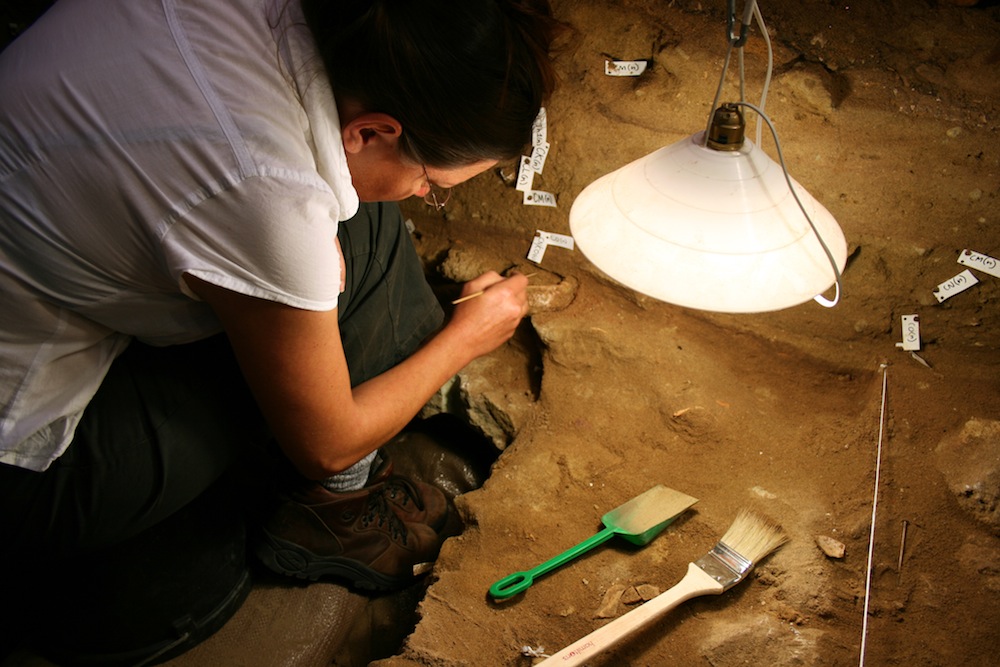
Excavating the shells was a careful process that took many days.
Removing a Toolkit
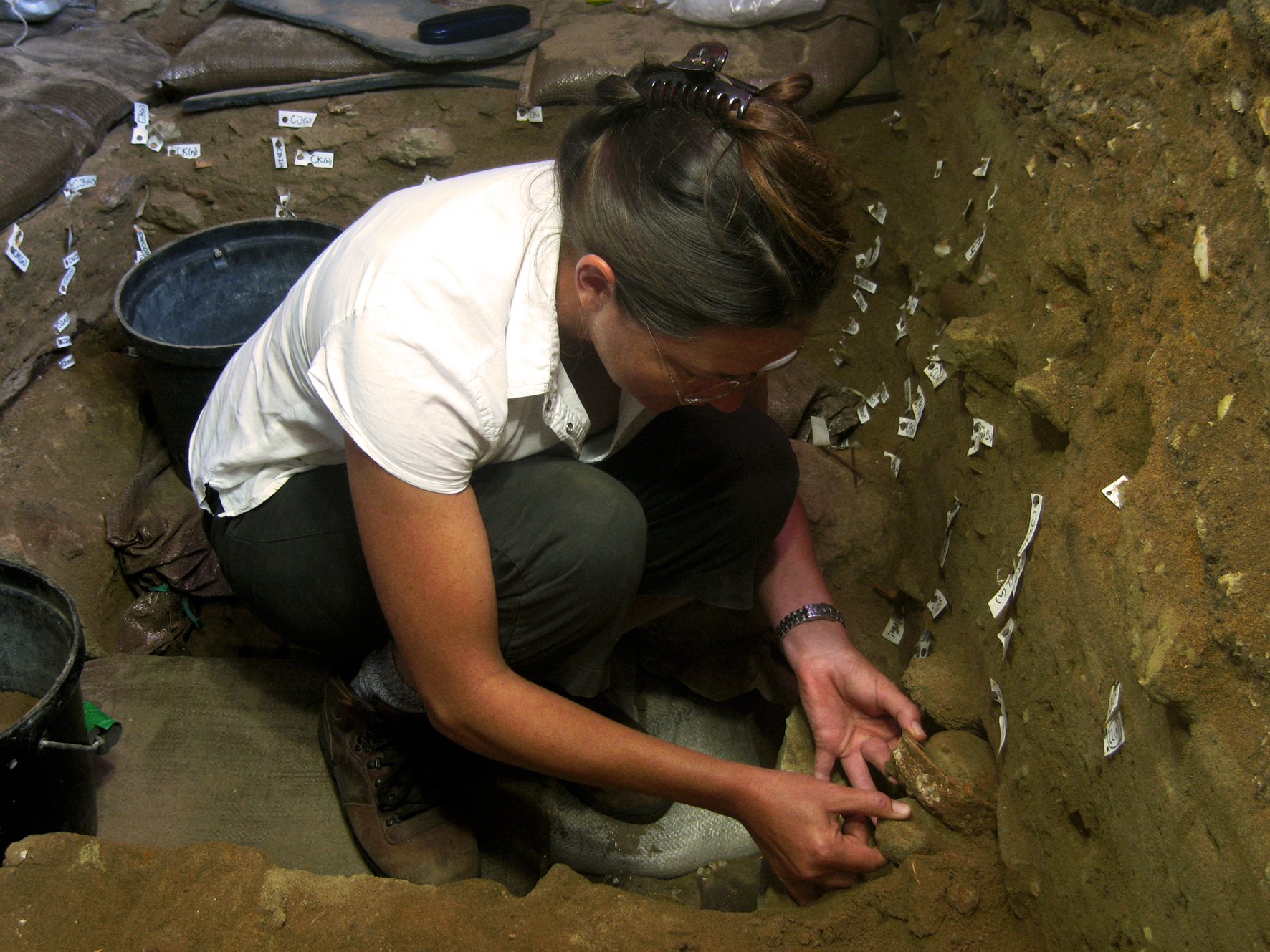
Karen van Niekerk carefully removes an abalone toolkit from the spot where it has been resting for 100,000 years.

Stephanie Pappas is a contributing writer for Live Science, covering topics ranging from geoscience to archaeology to the human brain and behavior. She was previously a senior writer for Live Science but is now a freelancer based in Denver, Colorado, and regularly contributes to Scientific American and The Monitor, the monthly magazine of the American Psychological Association. Stephanie received a bachelor's degree in psychology from the University of South Carolina and a graduate certificate in science communication from the University of California, Santa Cruz.


